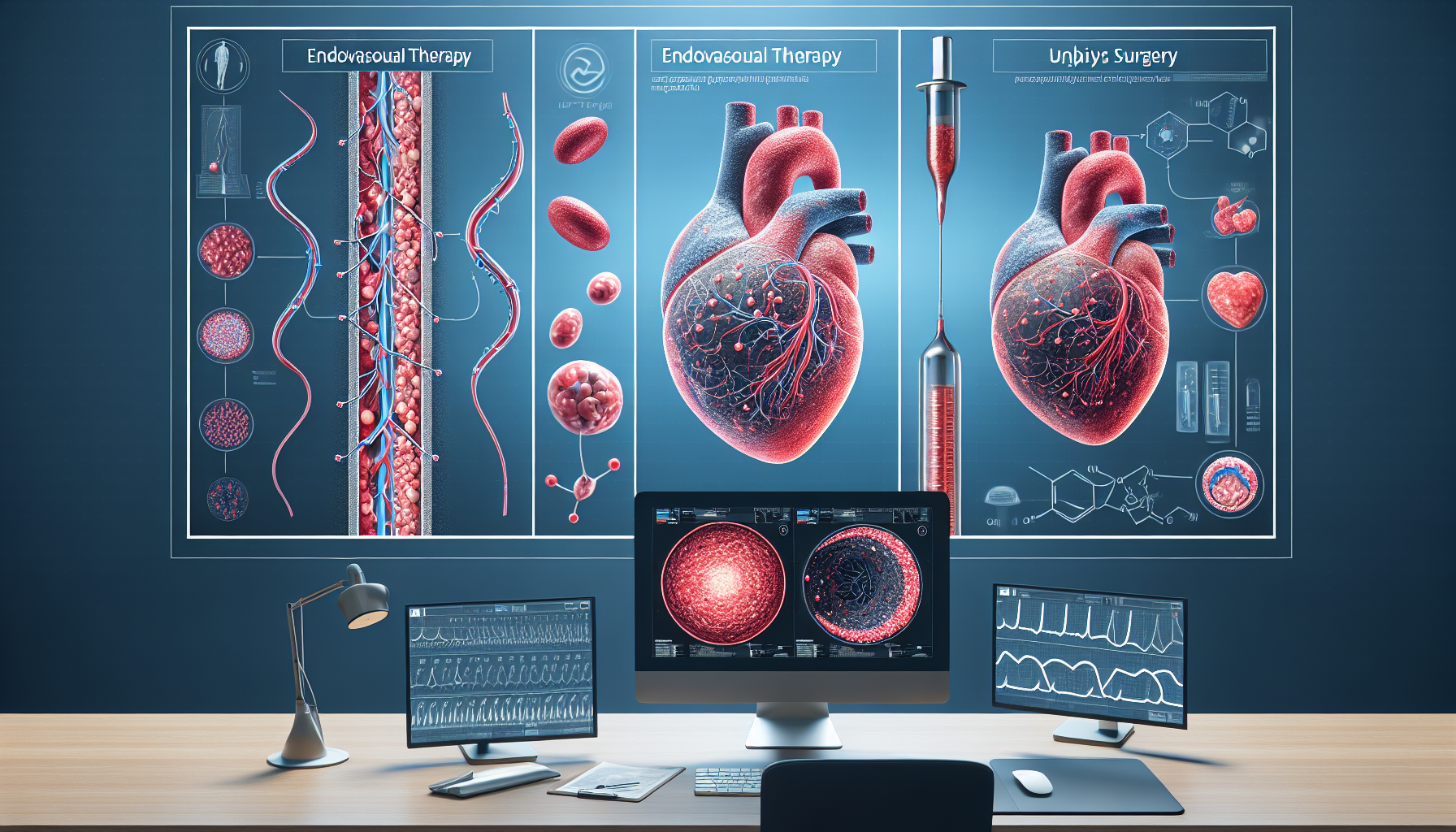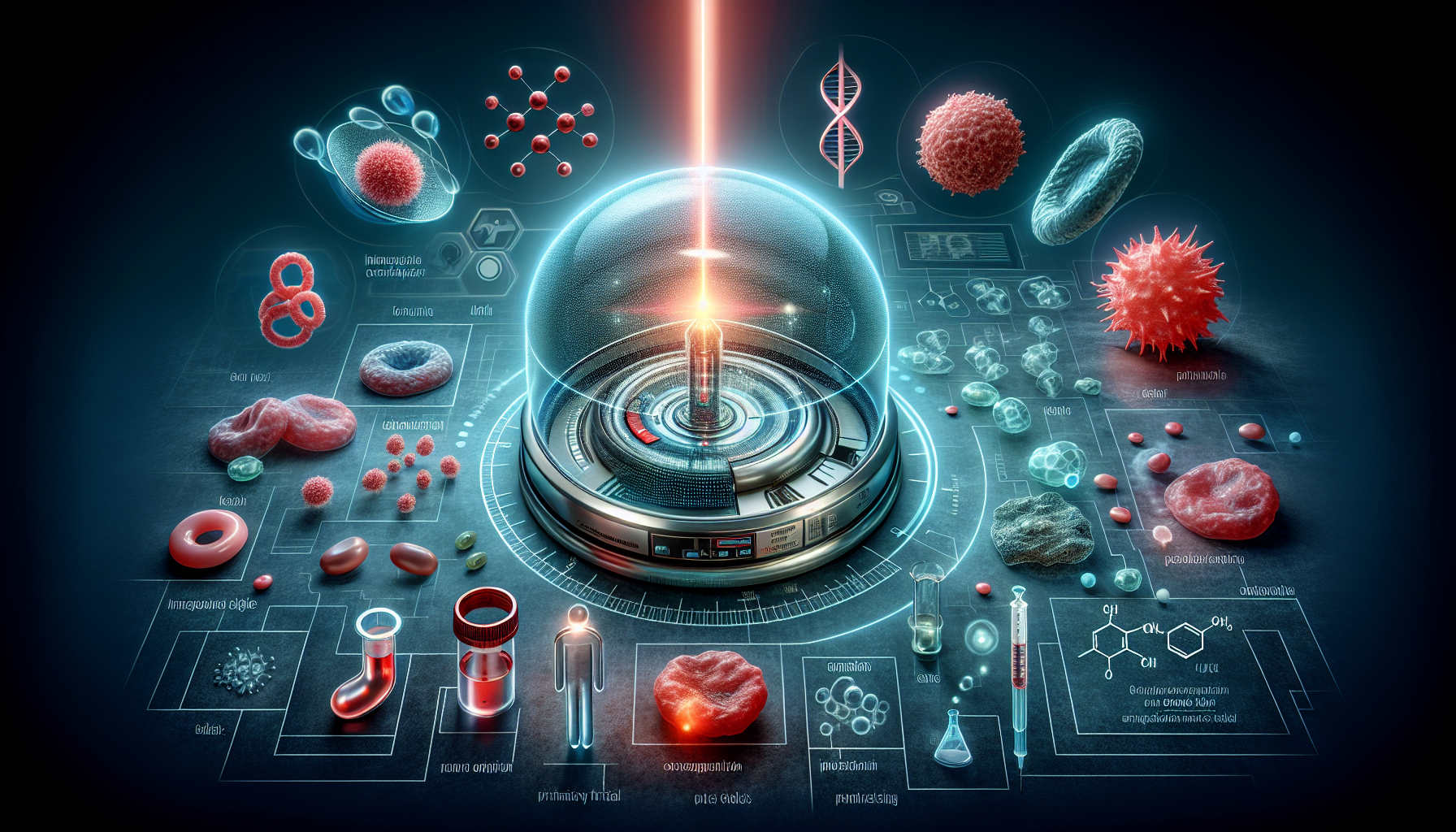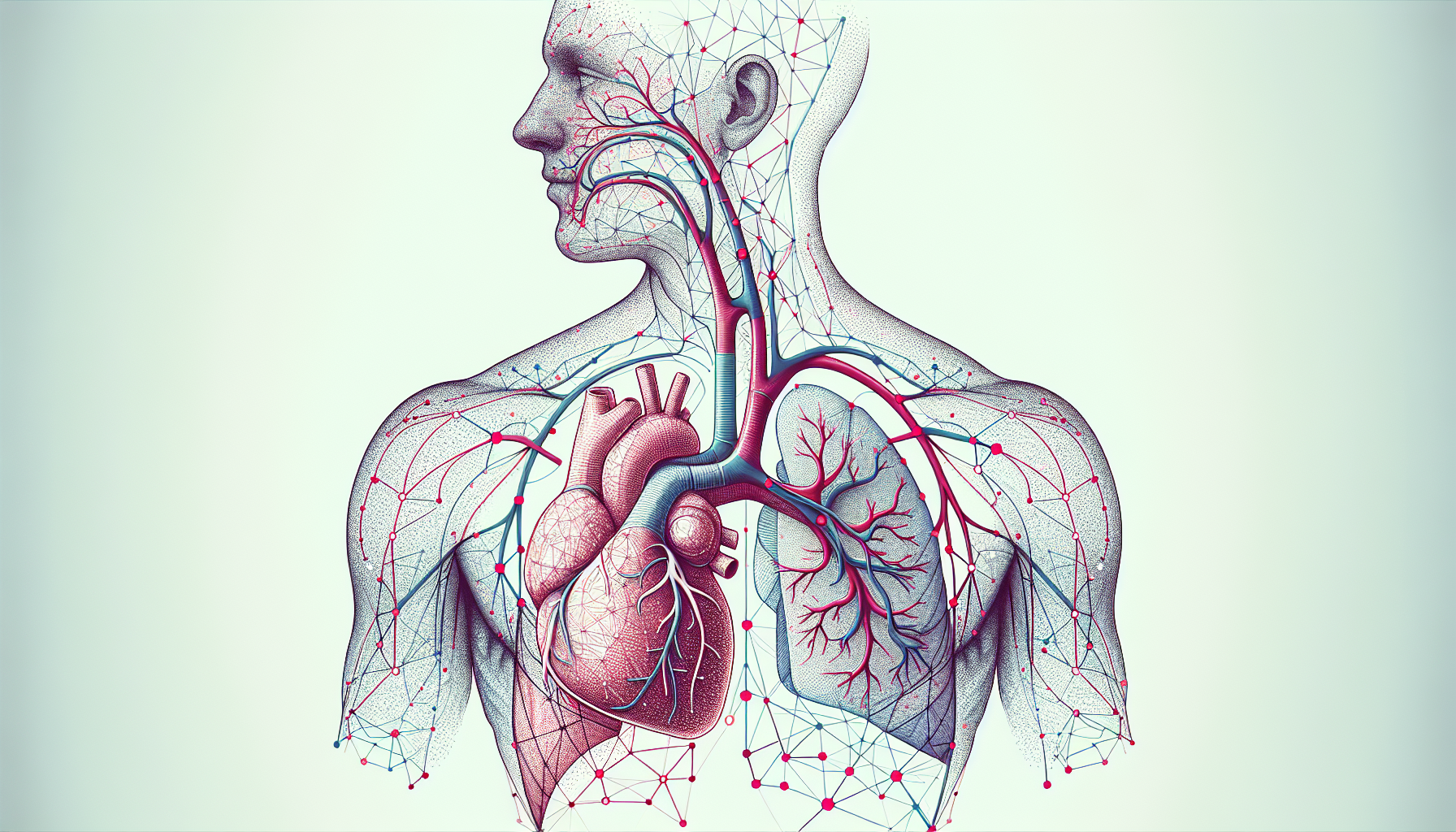Revolutionary Heart Treatment Gains FDA Approval: What You Need to Know
Key Takeaways
- The FDA designated the DynamX Bioadaptor as a Breakthrough Device for treating coronary artery disease.
- The bioadaptor offers potential long-term benefits by restoring and maintaining vessel flexibility.
- Clinical studies show the DynamX Bioadaptor significantly reduces adverse events compared to traditional stents.
Did You Know?
Introduction to the Breakthrough Device
Elixir Medical's innovative DynamX Sirolimus-Eluting Coronary Bioadaptor System has received the FDA's Breakthrough Device Designation, a significant step forward in treating heart disease. This designation indicates the device's potential to markedly improve care for individuals with symptomatic ischemic heart disease.
How the DynamX Bioadaptor Works
The DynamX Bioadaptor system helps restore normal function to diseased coronary arteries through three key phases. Initially, it locks to establish optimal blood flow, alleviating symptoms. Over time, the bioadaptor's absorbable components allow the vessel to grow and adapt, promoting lasting flexibility and function. Finally, the separated helical strands offer dynamic support, enhancing blood vessel health and stability.
FDA Breakthrough Device Designation
The FDA’s Breakthrough Device Designation is reserved for innovations that could significantly enhance treatment outcomes for severe or life-threatening conditions. In this case, it underscores the importance of addressing coronary artery disease (CAD), which affects a significant portion of the U.S. population and often results in recurring complications.
Limitations of Current Treatments
While drug-eluting stents are common in treating coronary artery disease, up to 20% of patients may face repeat issues within five years. The DynamX Bioadaptor offers a novel solution by not only restoring flow but also maintaining vessel flexibility and health over time.
Clinical Evidence Supporting DynamX
Recent studies presented at EuroPCR 2024 have shown that the DynamX Bioadaptor significantly reduces adverse events compared to traditional drug-eluting stents. In a study focusing on patients with critical left anterior descending artery lesions, the new device reduced adverse event rates by 78%, a remarkable improvement.
Implications for Future Cardiovascular Treatment
The adoption of the DynamX Bioadaptor in the U.S. healthcare system could revolutionize the standard of care for cardiovascular disease. It represents a shift toward treatments that not only resolve immediate issues but also encourage long-term health and adaptability of blood vessels.
About Elixir Medical
Elixir Medical Corporation, based in Milpitas, California, is a leader in developing advanced technologies to treat coronary and peripheral artery diseases. Their mission is to deliver significant clinical improvements for patients worldwide.
Partnerships and Support
Elixir Medical has partnered with financial backers like the Invus Group, which has supported the company’s innovative efforts throughout the years. This partnership has been crucial in advancing the company's mission and bringing ground-breaking technologies to patients.
Future Prospects and Availability
The DynamX Bioadaptor System is currently CE-marked and not yet available for sale in the U.S. However, the recent FDA designation is a critical step in making this innovative treatment available to American patients.
Conclusion
The FDA's Breakthrough Device Designation for Elixir Medical's DynamX Bioadaptor highlights the potential to greatly improve the management and treatment of coronary artery disease. With continued research and support, this technology promises to enhance patient outcomes and set new standards in cardiovascular care.
References
- American Heart Associationhttps://www.ahajournals.org/doi/10.1161/CIR.0000000000001256
- Journal of the American College of Cardiologyhttps://www.jacc.org/doi/10.1016/j.jacc.2023.05.003
- Lancet eClinicalMedicinehttps://www.thelancet.com/journals/eclinm/article/PIIS2589-5370(23)00021-X/fulltext






